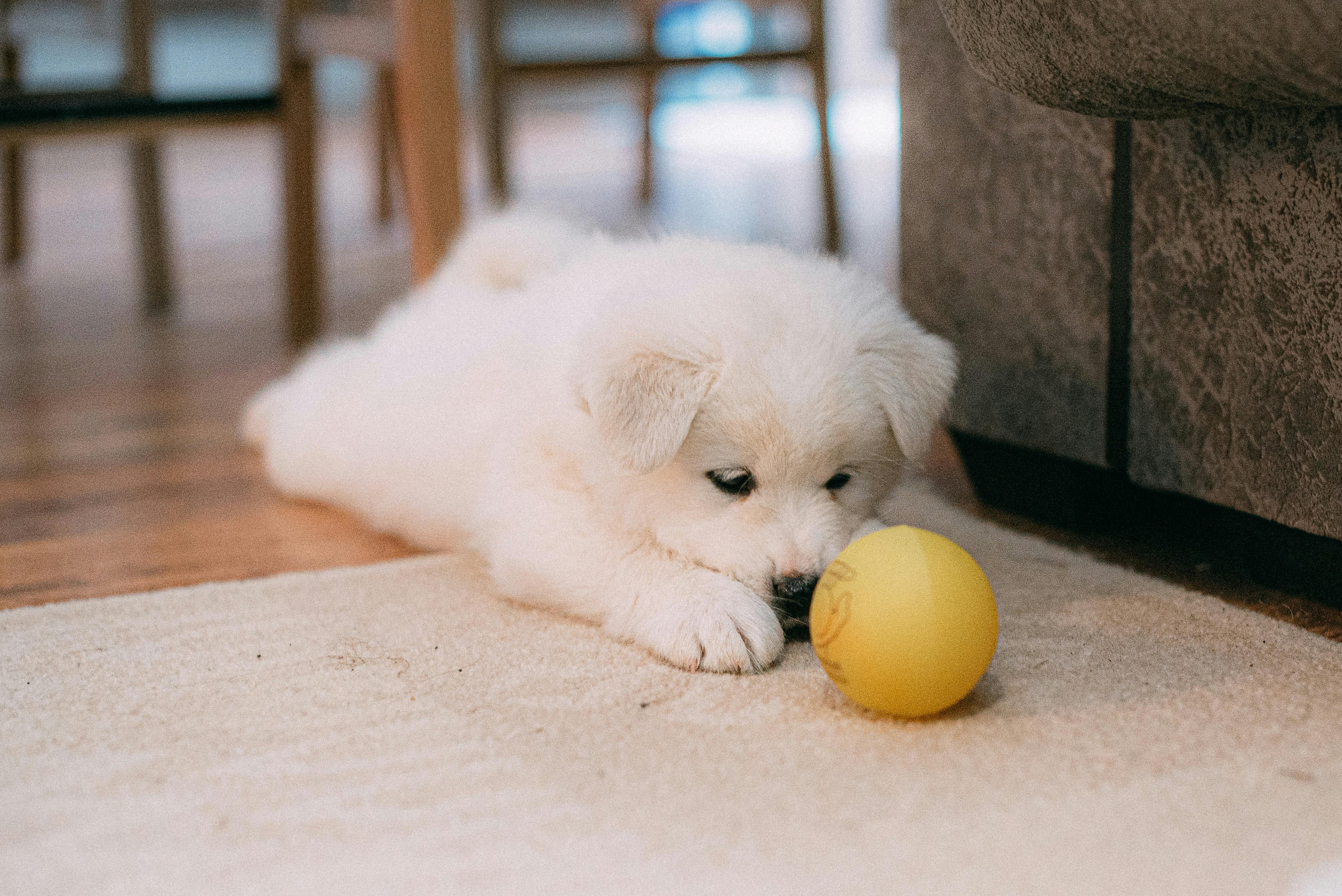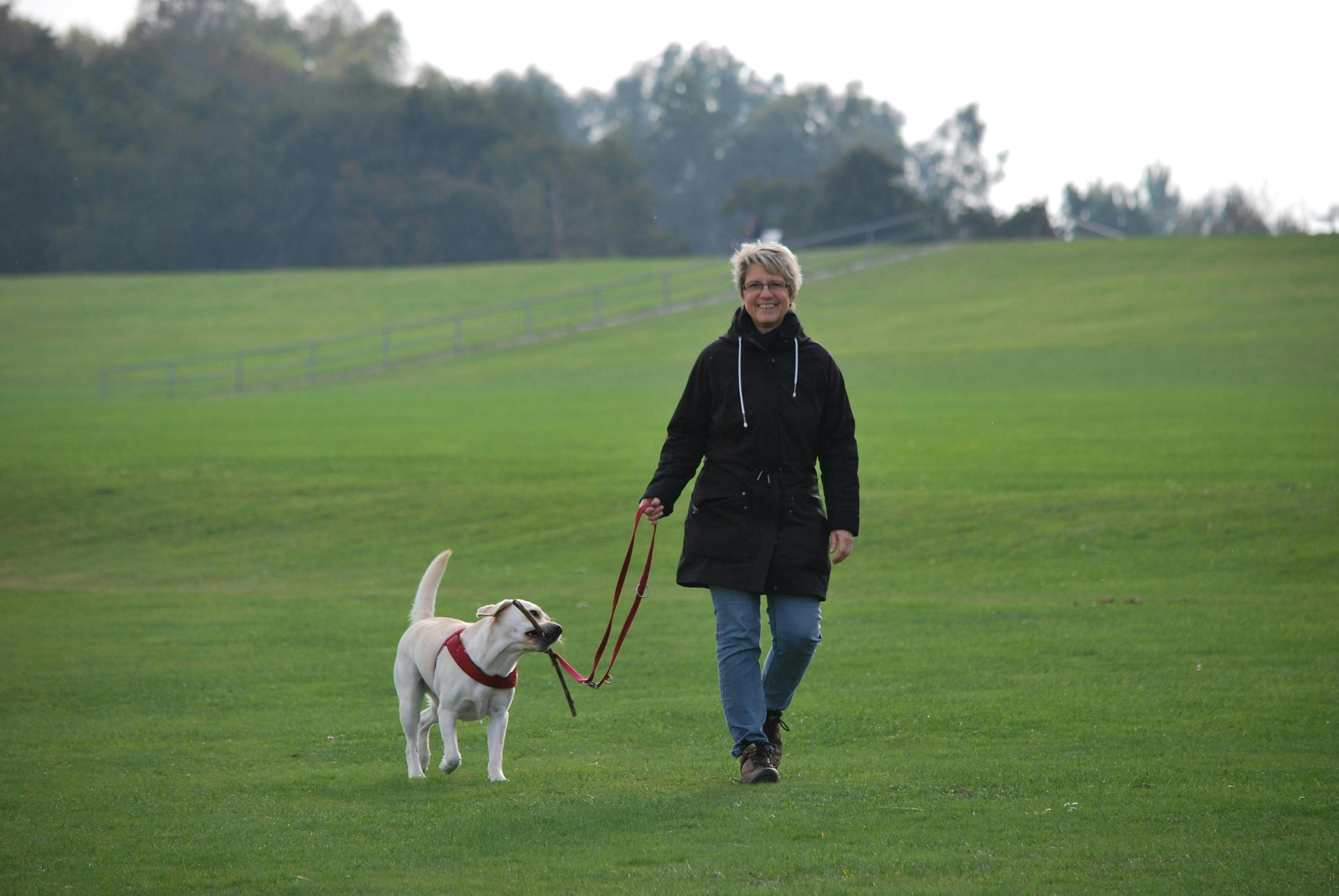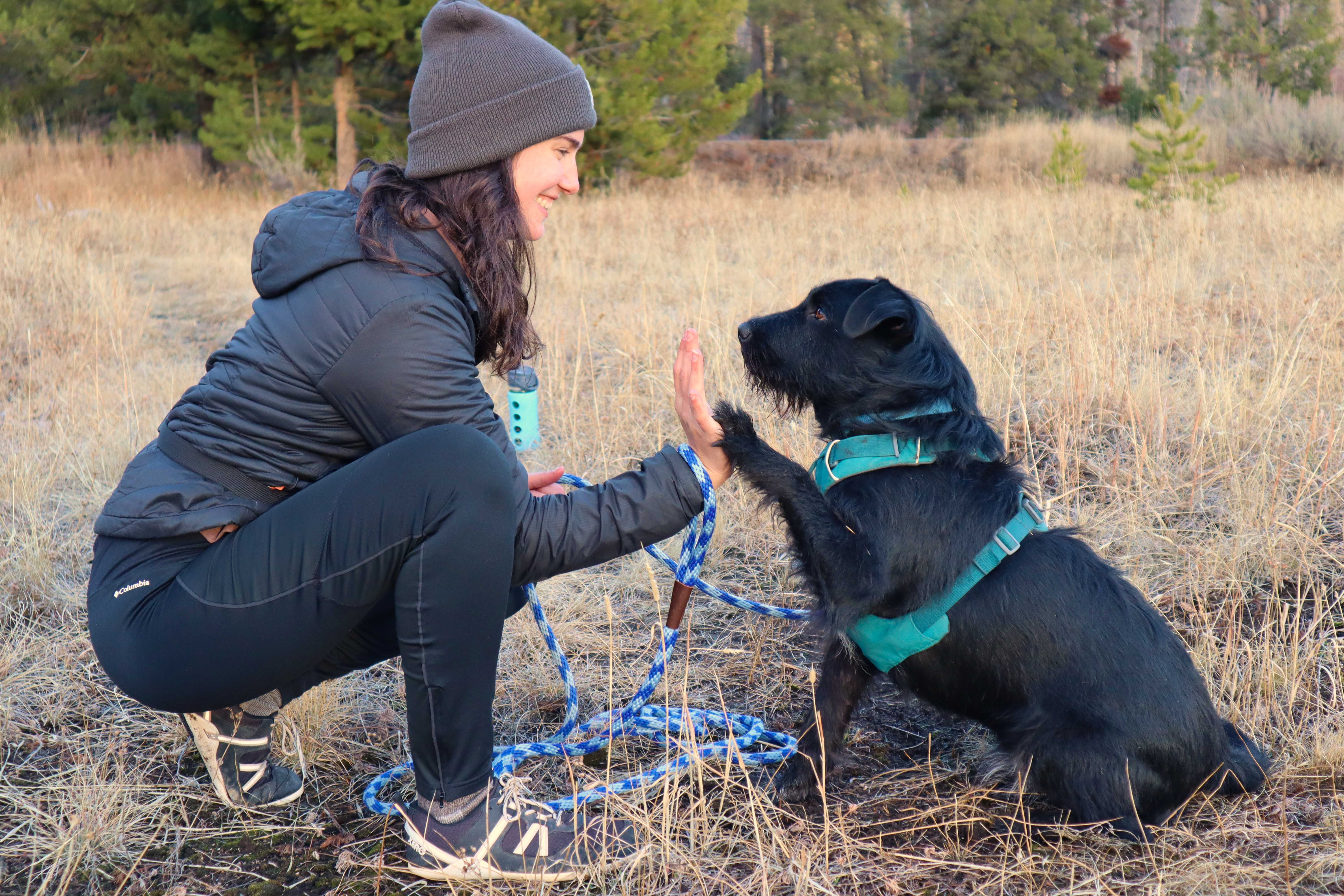Three Mistakes I made Training my Reactive Dog
Reactivity | By: TAYLOR WYLLIE, KPA CTP | Sep 01, 2023
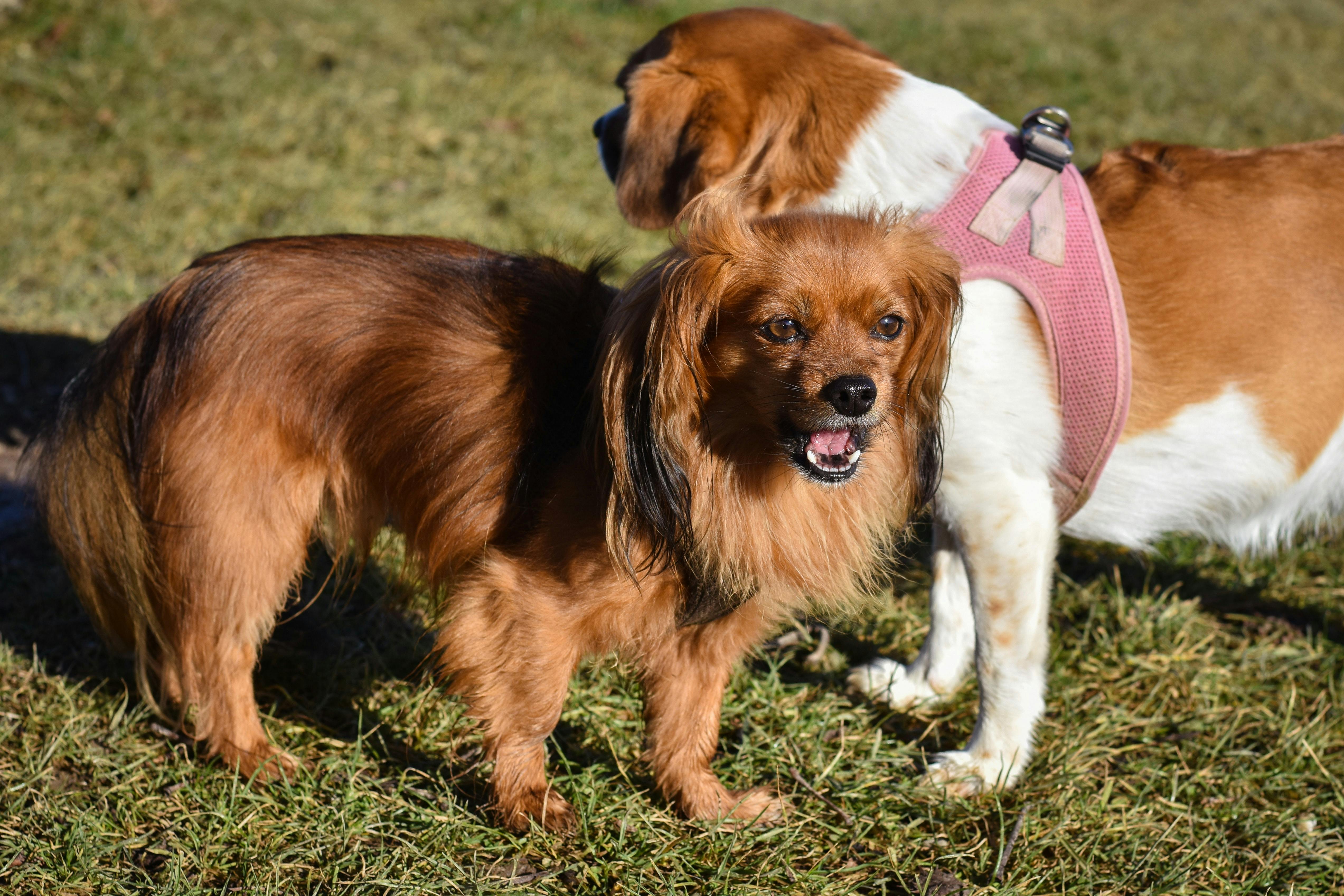
Get Your Free Reactive Dog Masterclass
Unlock the secrets of rehabilitating your reactive dog with this masterclass video
Navigating the journey of training a reactive dog is a demanding and often exasperating path. Believe me, I've walked it. I brought my own reactive dog, Scott, into my life in 2020, and the years since have been dedicated to his training and transformation. He's a different dog than he was three years ago.
But let's be real – the journey wasn't a smooth one. I made monumental blunders in the early stages. I wasn't a professional trainer in those early days, but even after I obtained my certification, I continued to make mistakes. And I'm sure I'll continue doing so.
I wanted to write this post not only to help you avoid the same pitfalls I fell into, but help all reactive dog guardians out there know that making mistakes is a normal part of the journey. As per the wisdom of Dr. Amy Cook, dogs have a remarkable resilience. If you make a training mistake, correct it, and move on. You and your dog will be okay.
Now, without further ado, here are the top three mistakes I made when training my reactive dog.
Mistake #1: “Exposure” Therapy
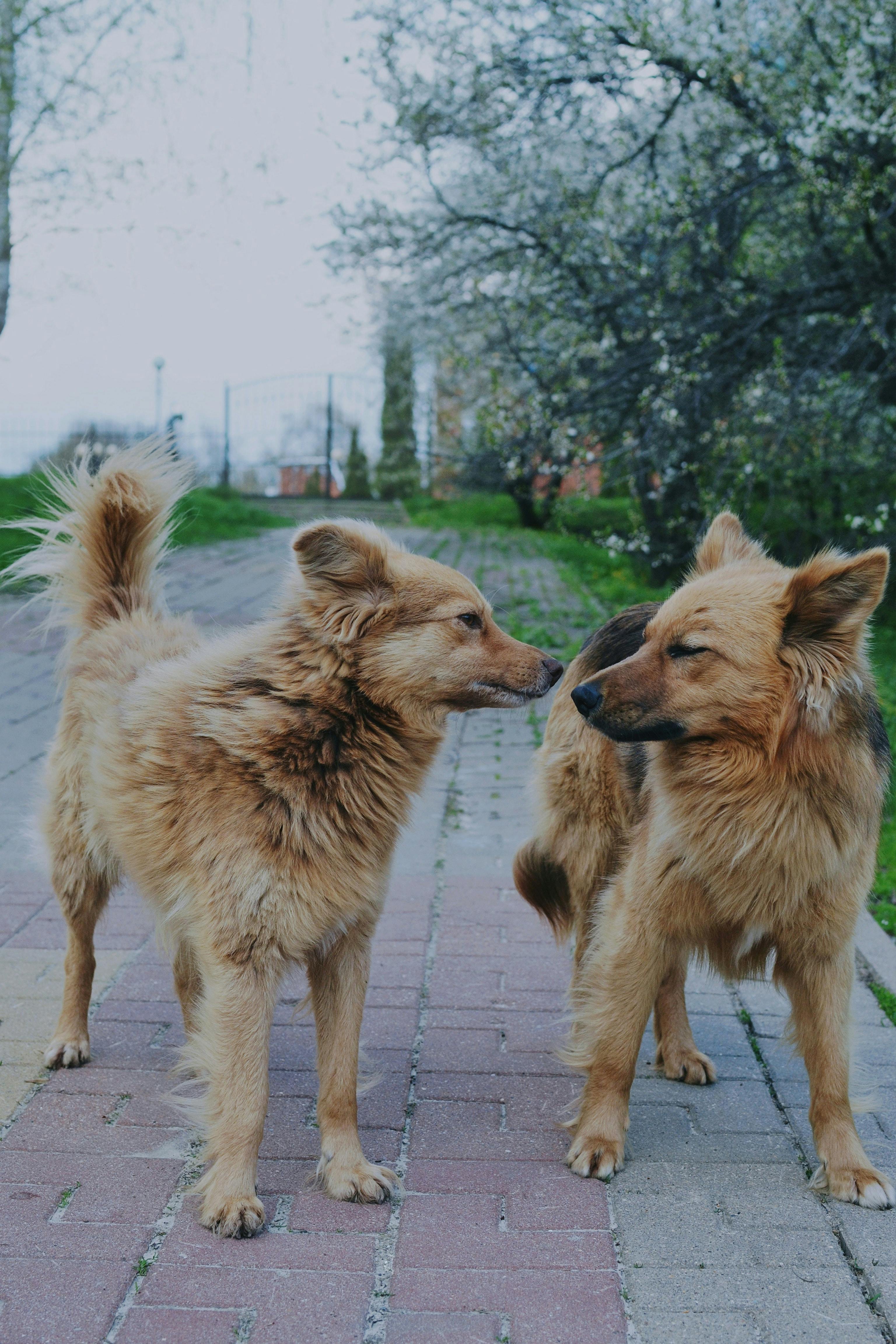
Like many well-intentioned dog owners, I thought that exposing my reactive dog to more dogs would help him overcome his reactivity. I took him to the park to play with other dogs and to doggy daycare (this, especially, was a disaster!). Surely, I thought, he’ll start to realize that dogs aren’t scary. Right? Wrong. Scott would stand stiffly, scanning, sometimes visibly flinching when a dog would approach his behind. And his reactive behaviors only got worse.
I liken it to locking an arachnophobe into a room crawling with spiders. Sure, we know those spiders are harmless. But the arachnophobe will likely build anxiety and stress the entire time they’re in that room. It’s just too difficult. And this theoretical arachnophobe even has the added benefit of being able to directly communicate with us, so they know what’s going on and can consent to it. Dogs don’t.
Instead, it’s better to approach reactive rehabilitation slowly and methodically. For Scott, this means micromanaged setups with one other well-trained dog.
Mistake #2: Trying to Live Up to “An Exercised Dog is a Happy Dog”
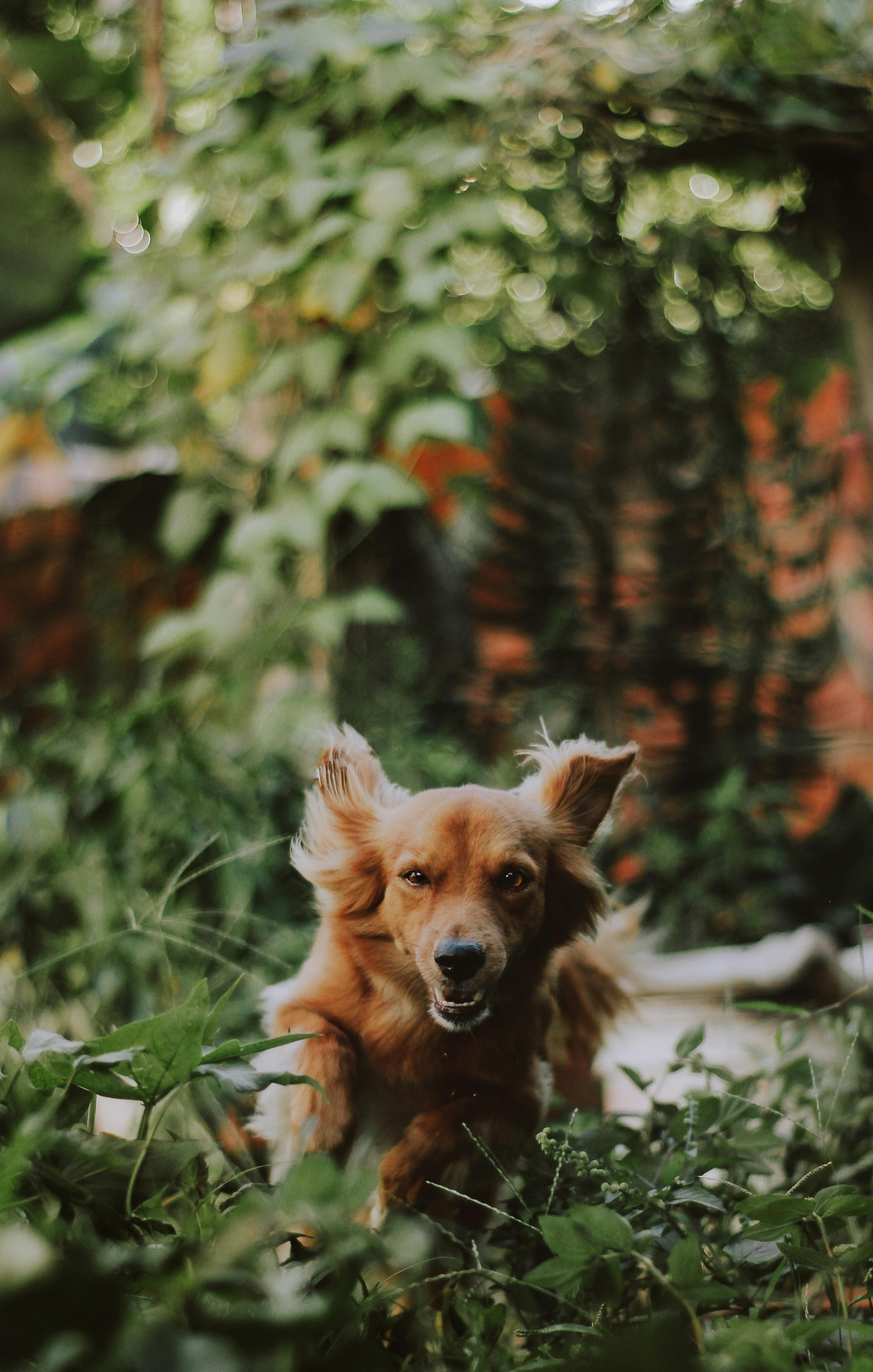
I used to think that the key to managing my reactive dog's behavior was to exhaust him with long walks, runs, and other forms of exercise. But what I didn't realize was that this only overstimulated him.
Think about it this way: stress builds. And every time I was out exercising him, he was being exposed to various stressors (at this point, nearly everything seemed to stress him out, poor guy). Those stressors added up and, pretty quickly, he’d be so stressed out that he would spend his time inside pacing and barking at everything. He also had no time to decompress.
Now, I focus more on providing him with appropriate mental stimulation and physical exercise in the backyard with flirt poles and other toys. We still go on a daily walk together, but I’ll cut it short if I see signs of stress building.
Mistake #3: Testing Him Too Much
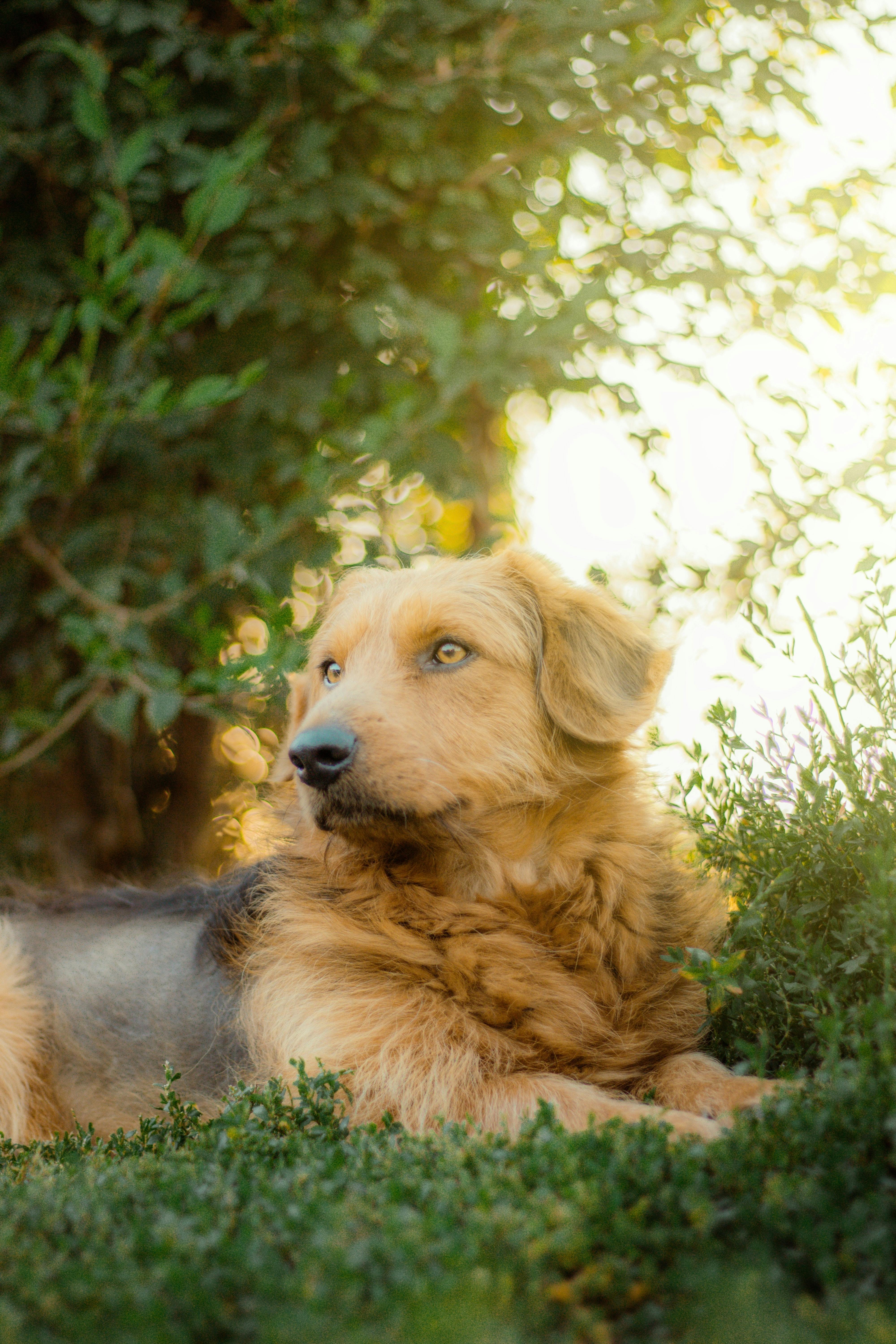
There's no doubt that behavioral modification exercises like BAT 2.0 and engage/disengage are effective in helping reactive dogs to overcome their fears. However, I made the mistake of trying these exercises too frequently and without enough structure. I thought of every time we saw another dog as an opportunity for behavior modification.
In reality, not every trigger or situation is ideal for behavior modification. Sometimes, the trigger is already too close to your dog. Or your dog has already been exposed to too many stressors for the day and another one would send them over the top. Or you’re not feeling it. And that’s okay.
I've since learned that management can actually be the first choice in many situations and that using it more often can actually help you see progress faster.
Conclusion
While training a reactive dog can be a challenging and frustrating experience, it's important to remember that progress takes time. And it's okay to make mistakes along the way. I don’t know a single reactive dog guardian who hasn’t made a mistake or, more commonly, several. The important thing is to shake it off, fix it, and move forward. AND, hopefully, you can learn from the mistakes I discussed above, and make mistakes that are uniquely yours.
Happy training!



